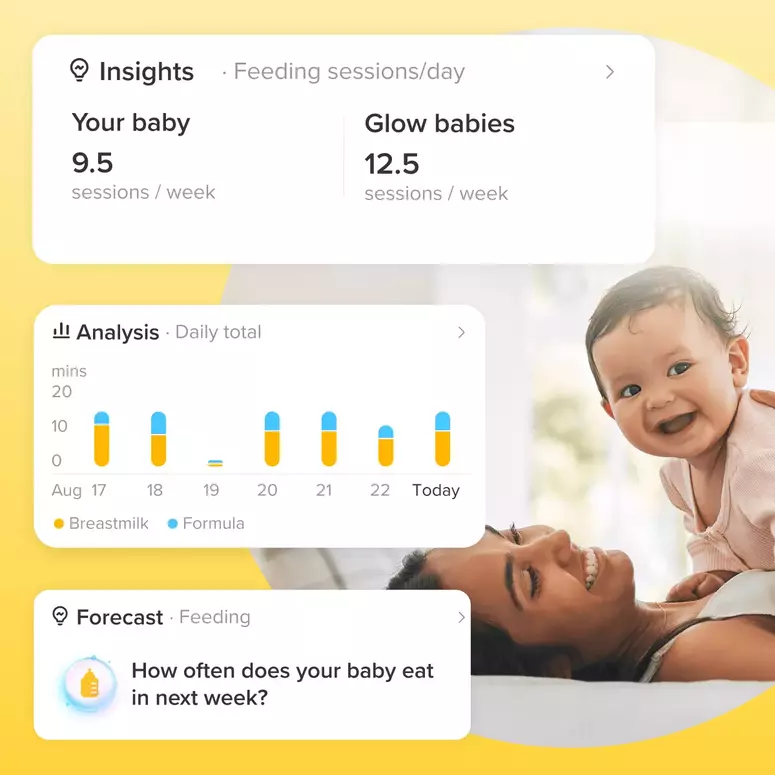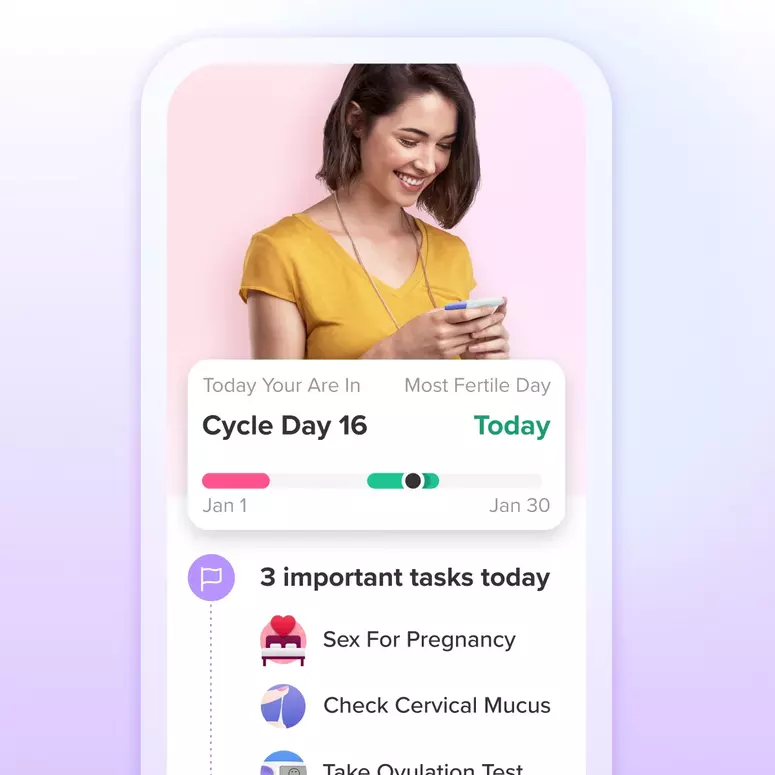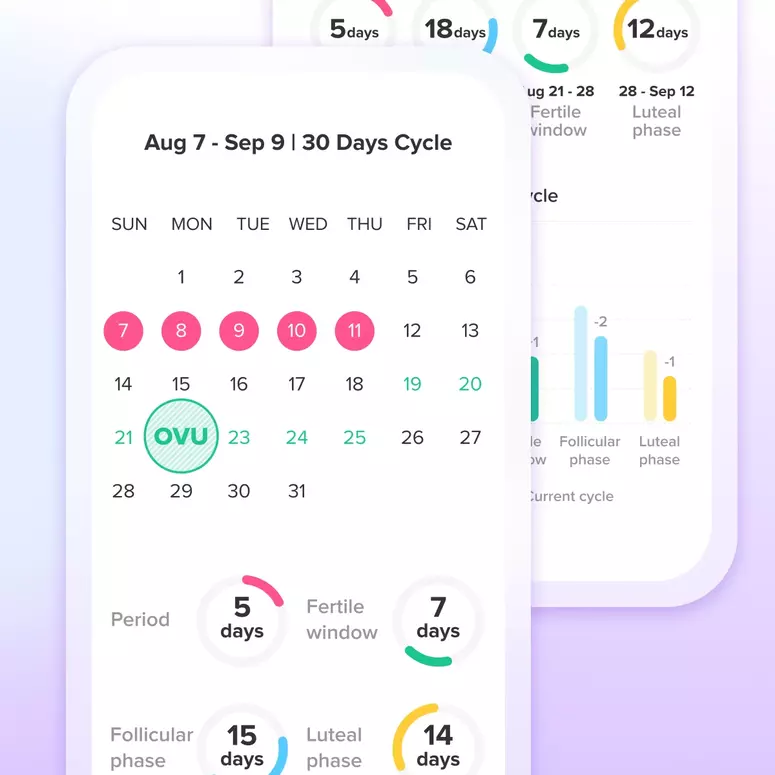Breastfeeding lingo
breastfeeding has a language all its own. Here is a quick overview:
◆ Colostrum. The first milk that your breasts produce. Some women start making (and leaking) it before the baby is even born. It is a high-protein drink, filled with mom’s antibodies that boost the immunity of a newborn. It has fewer calories than mature milk because of a lower fat content.
◆ Mature Milk. The milk that arrives on the third or fourth day after birth. It is about 50% fat.
◆ Foremilk. The milk that comes out in the first several minutes of feeding. In general, it contains slightly less fat. Babies who “snack” end up getting mostly foremilk, leading to more frequent feedings (and possibly, fussiness).
◆ Hindmilk. The milk that comes out in the later part of a feeding. It is slightly higher in fat than foremilk. Babies who drain a whole breast in a feeding tend to be more satisfied, for good reason.
◆ Let down. When your milk rushes into the milk ducts as your baby suckles or as you pump. Most women feel this “let-down.”
◆ Engorgement. In the first days when you make mature milk, your breasts may feel full, tender, lumpy, and hard.
◆ Plugged ducts. An area of the breast has obstructed milk flow, creating a hard, tender lumpy area. These areas are at risk of getting infected (mastitis—ouch!).
◆ Inverted nipples. Your nipples have an indentation in the center. It can make it more difficult for your baby to latch on.
◆ Flat nipples. Your nipples are flush against your breast tissue. Like inverted nipples, flat nipples can make it difficult for baby to latch.
◆ Breast shells. Plastic devices that pull out inverted nipples. They can also be worn to protect sore nipples from rubbing against your bra.
◆ Nipple shields. Plastic devices that protect sore or cracked nipples. These are also used for moms with flat or inverted nipples. Unfortunately, they can sometimes limit the amount of milk that flows to the baby’s mouth.
◆ Lanolin. A thick emollient that helps heal cracked nipples. Brand names: Lansinoh, Pur-lan. Available at breastfeeding boutiques and even Wal-Mart.
◆ Compression. Squeezing breast tissue during nursing to improve milk flow and encourage baby to drink. It can also be done while pumping to express more milk.
◆ Paced Bottle Feeding. Holding a baby upright and holding a bottle of expressed breast milk/formula horizontally to simulate a feeding session at the breast. This technique makes baby less frustrated when he resumes nursing.
Achieve your health goals from period to parenting.




